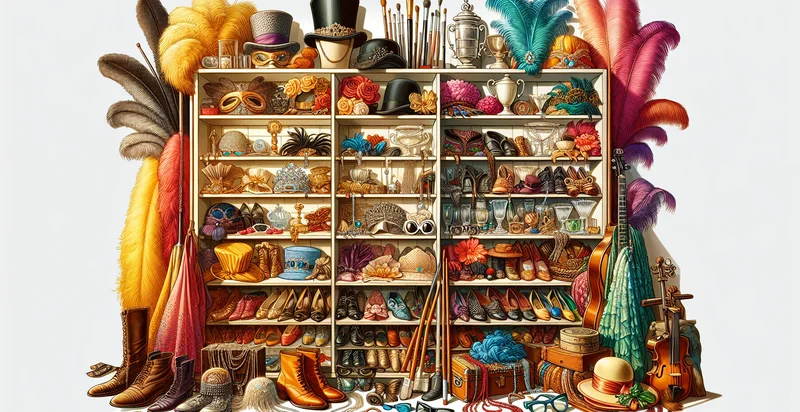Identify prop shelf organization
using AI
Below is a free classifier to identify prop shelf organization. Just upload your image, and our AI will predict how products are organized on a shelf - in just seconds.

Contact us for API access
Or, use Nyckel to build highly-accurate custom classifiers in just minutes. No PhD required.
Get started
import nyckel
credentials = nyckel.Credentials("YOUR_CLIENT_ID", "YOUR_CLIENT_SECRET")
nyckel.invoke("prop-shelf-organization", "your_image_url", credentials)
fetch('https://www.nyckel.com/v1/functions/prop-shelf-organization/invoke', {
method: 'POST',
headers: {
'Authorization': 'Bearer ' + 'YOUR_BEARER_TOKEN',
'Content-Type': 'application/json',
},
body: JSON.stringify(
{"data": "your_image_url"}
)
})
.then(response => response.json())
.then(data => console.log(data));
curl -X POST \
-H "Content-Type: application/json" \
-H "Authorization: Bearer YOUR_BEARER_TOKEN" \
-d '{"data": "your_image_url"}' \
https://www.nyckel.com/v1/functions/prop-shelf-organization/invoke
How this classifier works
To start, upload your image. Our AI tool will then predict how products are organized on a shelf.
This pretrained image model uses a Nyckel-created dataset and has 25 labels, including Balanced, Bare Essentials, Chaotic, Cluttered, Color-Coded, Disorganized, Efficient, Erratically Placed, Functional and Haphazard.
We'll also show a confidence score (the higher the number, the more confident the AI model is around how products are organized on a shelf).
Whether you're just curious or building prop shelf organization detection into your application, we hope our classifier proves helpful.
Related Classifiers
Need to identify prop shelf organization at scale?
Get API or Zapier access to this classifier for free. It's perfect for:
- Retail Inventory Management: This function can be used to identify and classify the organization of products on retail shelves, ensuring that items are placed according to marketing strategies. This can help retailers optimize product placement for better sales performance and customer experience.
- E-commerce Optimization: Online retailers can use this identifier to determine the best organization of products in digital catalogs. By classifying items correctly, the platform can enhance searchability and visibility, increasing conversion rates.
- Supply Chain Efficiency: Businesses can apply this function to streamline warehouse organization. By identifying shelf organization patterns, they can improve stock management and reduce the time taken for picking processes.
- Local Store Audits: Franchise businesses can use this tool to ensure compliance with corporate shelf organization standards across various locations. This helps in maintaining brand consistency and improving overall customer satisfaction.
- AI-driven Marketing Insights: Marketers can analyze the organization of promoted products on shelves to determine the effectiveness of display strategies. This insight can guide future marketing campaigns and promotional strategies, allowing for data-driven decisions.
- Competitive Analysis: Businesses can utilize the identifier to assess how competitors organize their products on shelves. Understanding competitive positioning can help inform pricing strategies, product placement, and promotional tactics.
- Customer Behavior Analysis: By analyzing customer interactions with organized shelves, retailers can glean insights into shopping behaviors and preferences. This data can inform changes to product organization and layout to enhance the shopping experience and drive sales.


